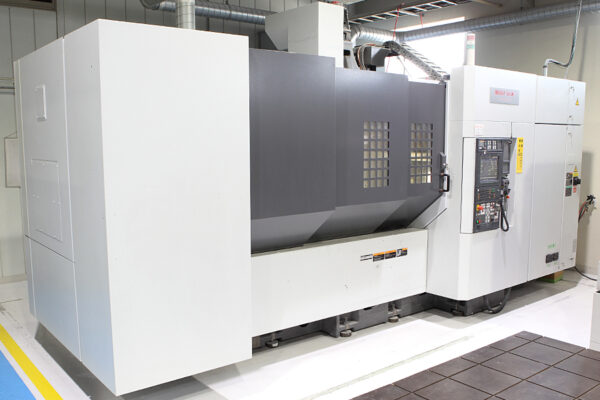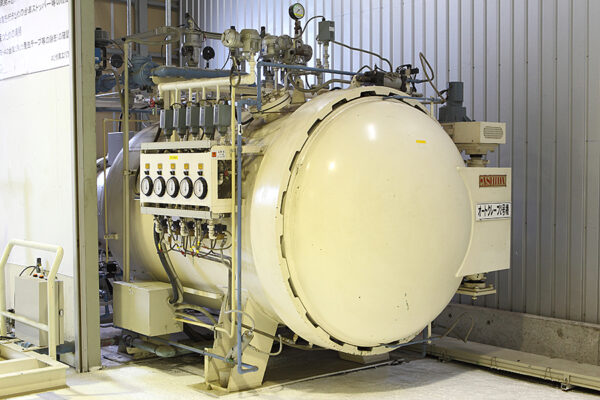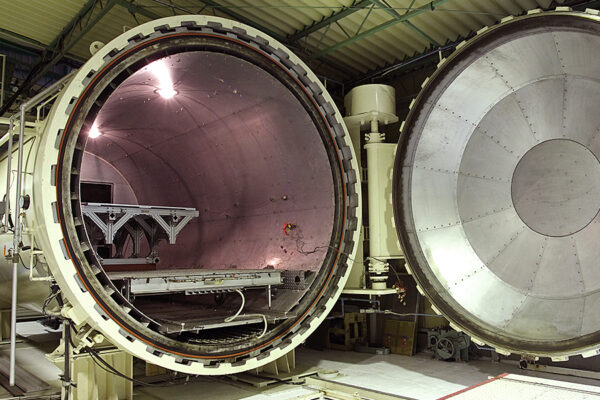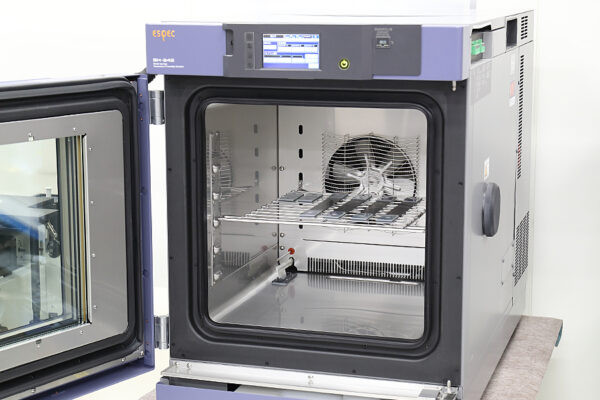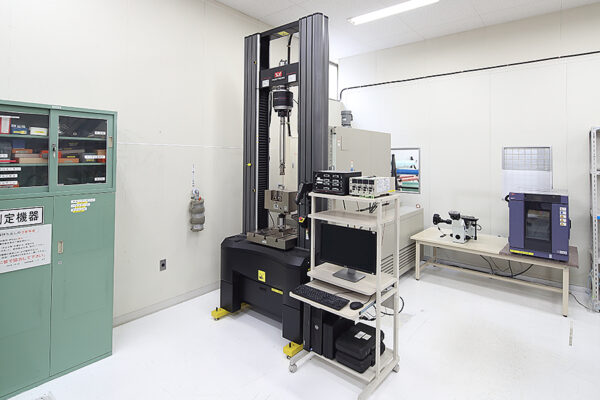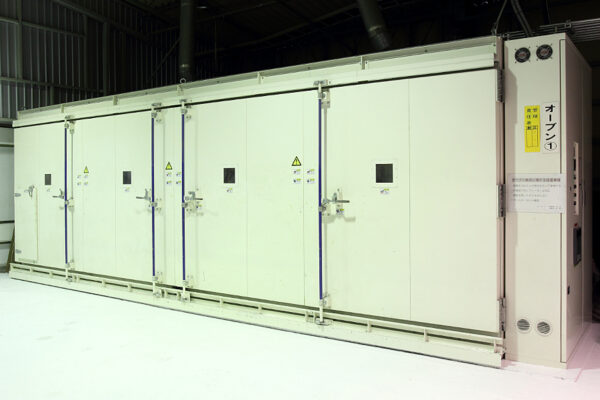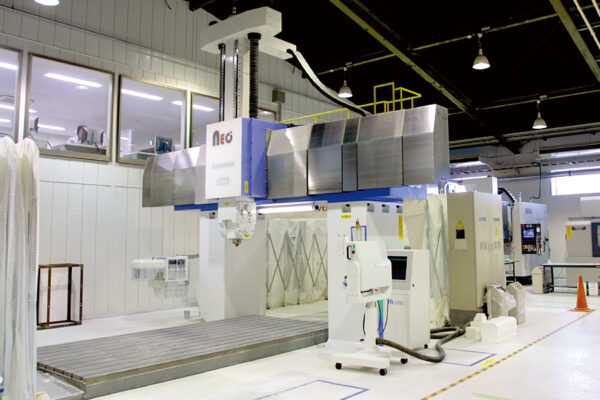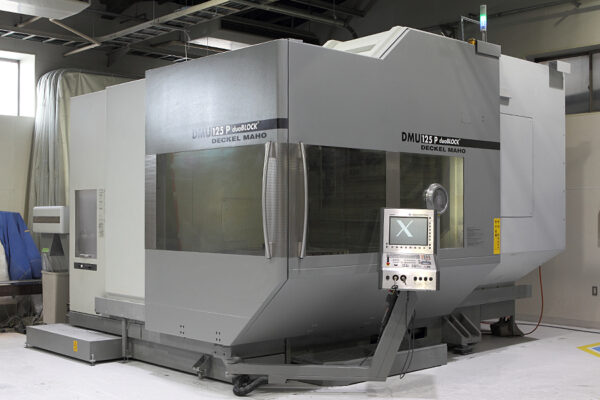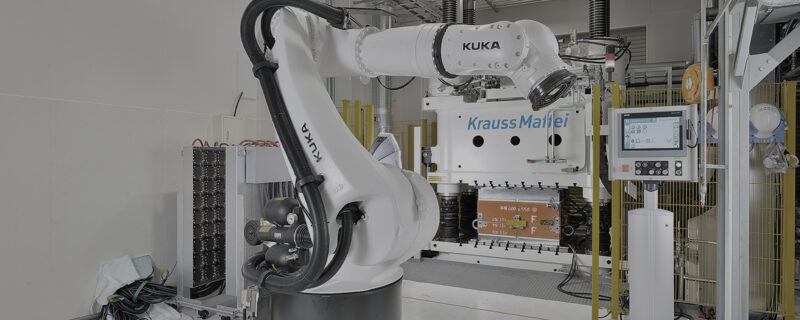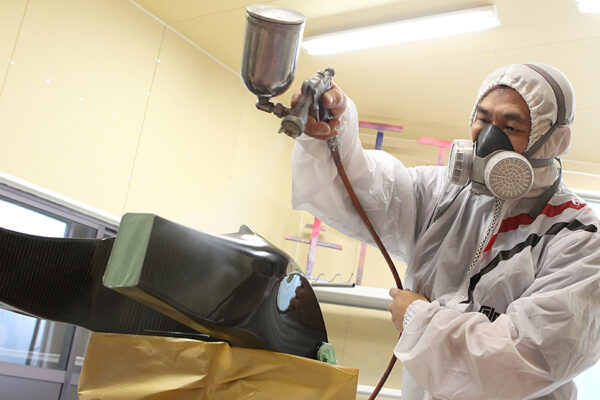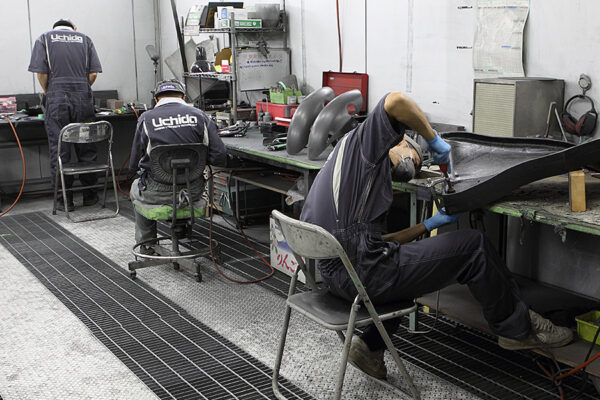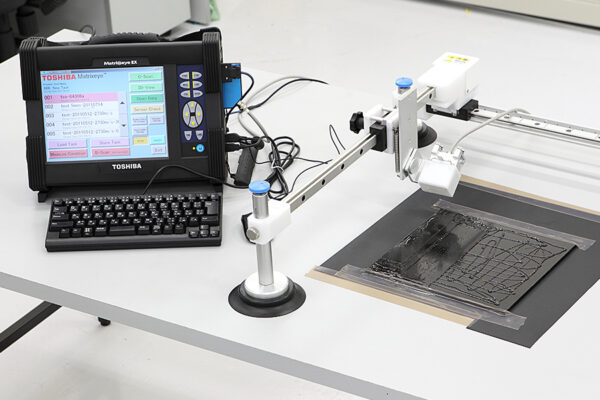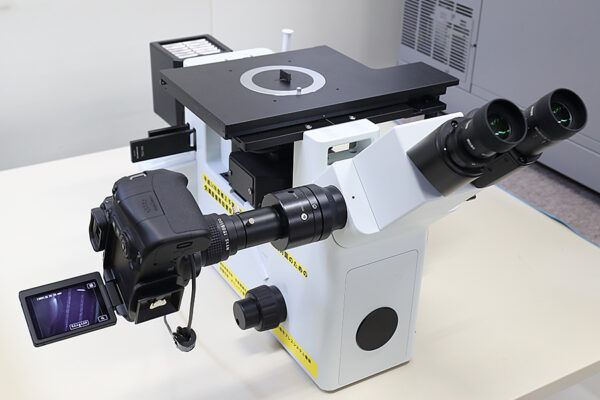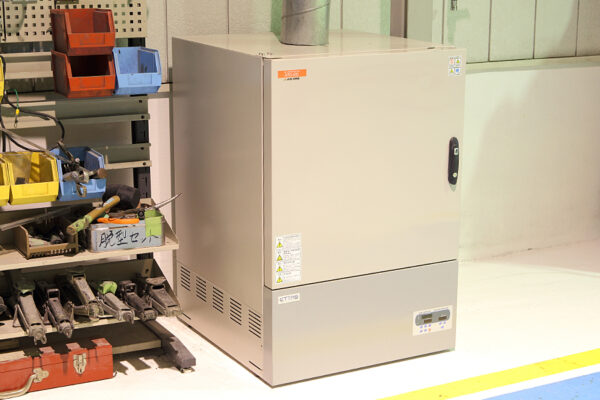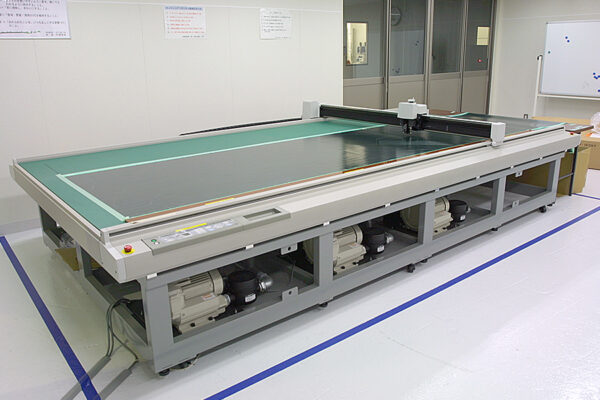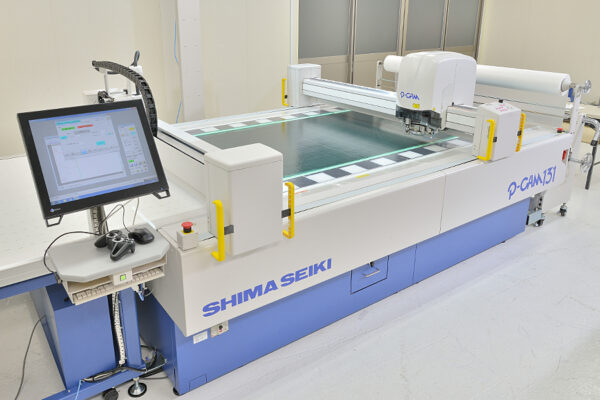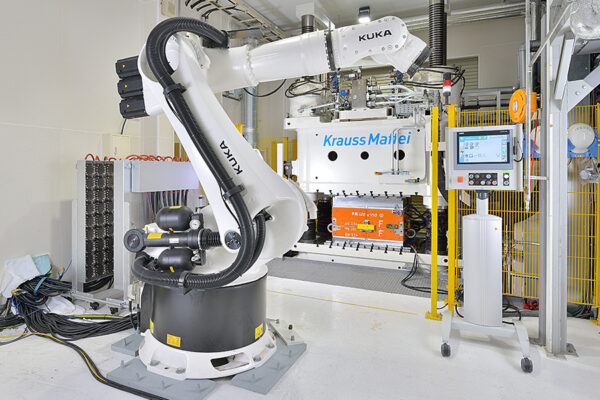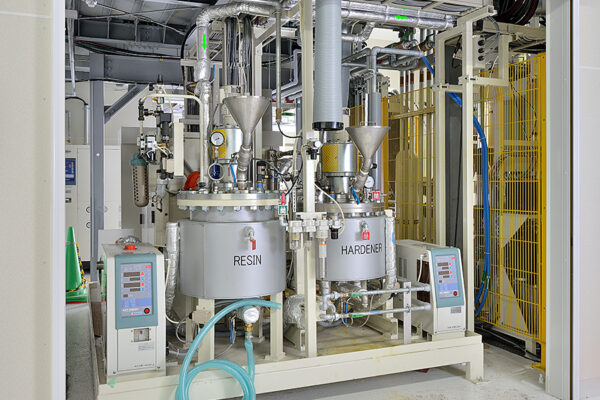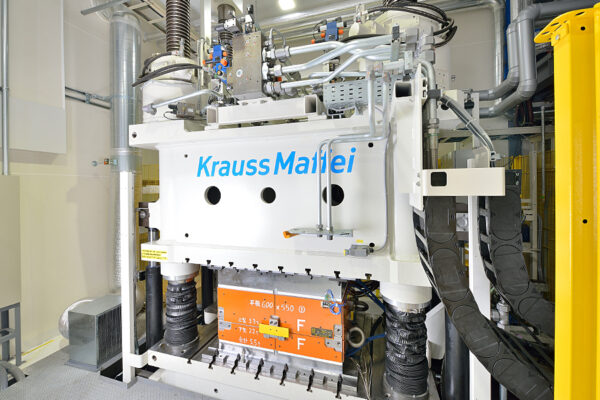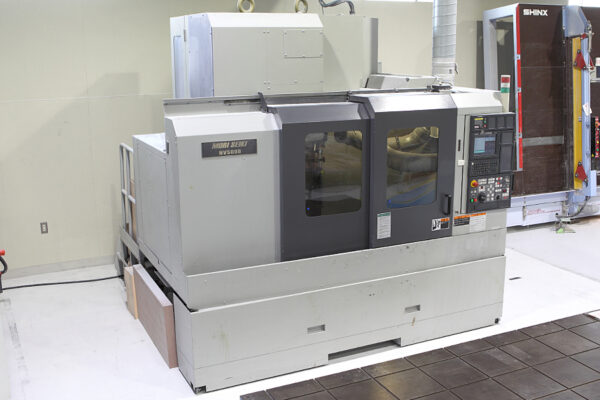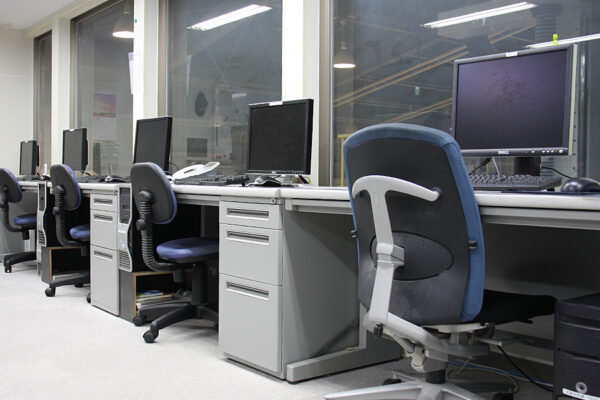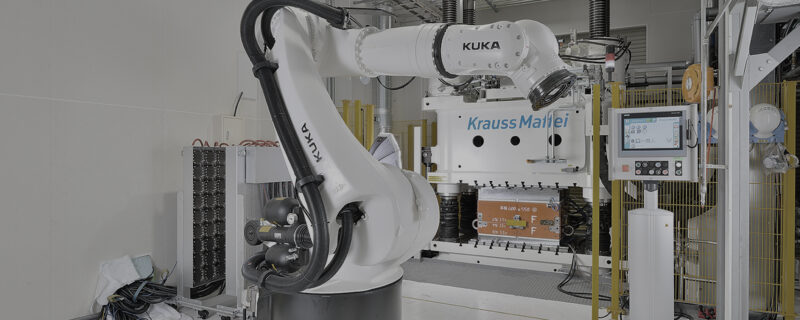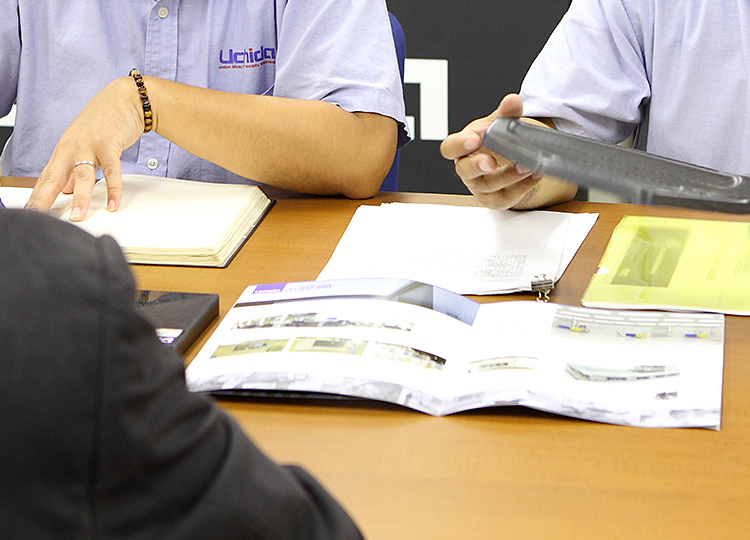Introduction
Carbon Fiber Reinforced Plastics (CFRP) are widely used in a variety of industries, including aerospace, automotive, and sporting goods, as a lightweight yet extremely strong composite material. Due to its superior strength characteristics, CFRP is attracting attention as a new alternative to conventional metal materials. In this column, we will discuss the strength of CFRP, explaining its structural properties, its calculation methods, and various applications.

What is CFRP Strength?
The strength of CFRP is mainly determined by the combination of carbon fiber and resin. Carbon fiber has very high tensile strength (resistance to tearing), which is much higher than that of steel or aluminum. However, the strength of CFRP varies depending on the fiber direction, resin type, and manufacturing method, so it is important to design CFRP according to the application.
Tensile Strength
Tensile strength is a property that describes the ability of a material to withstand forces that stretch it. carbon fiber is a major component of CFRP, and carbon fiber itself has very high tensile strength. This makes CFRP suitable for components that require high strength, such as aircraft wings and automobile chassis.
– Properties: Often has 2 to 3 times or more tensile strength than steel
– Applications: Aircraft, sporting goods, automotive parts
Compressive Strength
Compressive strength indicates the ability of a material to withstand compressive forces. While CFRP has excellent tensile strength, compressive strength may vary depending on fiber arrangement and manufacturing methods. While parallel alignment of fibers can increase compressive strength, it can also make the material more susceptible to failure under excessive compression, so care must be taken in design.
– Properties: Compressive strength is slightly less than tensile strength, but can be strengthened with proper design.
– Applications: Aircraft flaps, engine components
Bending Strength
Bending strength is the resistance of a material to bending. CFRP has high bending strength despite its light weight, and is especially used for parts subject to bending stress, such as aircraft wings and structural parts of automobiles. The bending strength can be further improved by properly arranging the fiber direction of carbon fiber.
– Characteristics: High flexural strength with light weight
– Applications: Reinforcing materials for automobiles, sporting goods, and buildings
Factors that increase CFRP strength
The strength of CFRP can be increased by several factors, not simply the performance of the carbon fibers.
fiber orientation
The strength of CFRP is greatly affected by the orientation of the carbon fibers. If the fibers are oriented along the direction of loading, maximum strength is achieved for that direction. Conversely, if the fibers are misaligned, strength may be reduced. It is important to optimize the fiber direction to match the design.
– Impact: Maximize strength by aligning the fiber direction with the load direction
– Applications: Parts and structural components requiring high strength
Resin Types
There are a variety of resins used in CFRP, including epoxy, vinylester and polyester resins, Each has different strength properties. Epoxy resins are particularly strong and durable and are often used in aircraft and high-performance automotive components.
– Impact: The type of resin has a significant impact on strength properties
– Applications: Aircraft and sporting goods with high strength requirements
Manufacturing Method
The method of CFRP manufacture is another important factor affecting strength. For example, the use of different molding techniques, such as autoclave molding or RTM (Resin Transfer Molding) molding, can change the internal structure of CFRP and increase its strength. Proper control of temperature and pressure during manufacturing has a significant impact on the final strength.
– Impact: The choice of manufacturing method changes the density and strength of the material.
– Applications: Aircraft, automotive parts, sporting goods
How to Measure CFRP Strength
Different test methods are used to measure the strength of CFRP. Typical examples include tensile, compression, and flexural tests. Through these tests, the tensile, compressive, and flexural strength of CFRP can be quantitatively evaluated.
tensile test
This test measures the maximum tensile strength of a material by applying a pulling force. in the case of CFRP, its tensile strength is very high, making it useful for creating lightweight yet strong parts.
compression test
In the compression test, a force is applied to compress CFRP to measure the pressure resistance to failure. This test gives an indication of how resistant CFRP is to compression. 3.
flexural test
The flexural test applies a bending load to a CFRP specimen and measures the bending strength until fracture or deformation occurs. This test is widely used in automotive parts and sporting goods.
CFRP Strength Applications
The strength of CFRP is used in a variety of industries. Typical applications are listed below.
– Aircraft: CFRP is used in structural parts of aircraft wings and fuselages to reduce weight and increase strength. This enables improved fuel efficiency and reduced operating costs.
– Automobiles: CFRP can be used for automobile chassis and bodies to reduce weight and ensure crash safety.
– Sporting goods: CFRP is used in bicycle frames, golf clubs, tennis rackets, etc. to improve athletic performance.
– Building reinforcement: CFRP is also used for seismic reinforcement and reinforcement of buildings to improve durability and strength.
Summary
![]()

CFRP is used in many industries as a lightweight, high-performance material with excellent strength properties such as tensile, compressive, and flexural strength. These properties are optimized through proper fiber placement, resin selection, and manufacturing methods, enabling the development of numerous innovative products and structures. New technologies and products utilizing the strength of CFRP are expected to emerge in the future.
Related useful contents
You can explore related content by clicking on a topic of interest.
ABOUT UCHIDA - 55 years since our founding
We leverage a wealth of technical expertise as a CFRP molding and processing manufacturer using FRP, GFRP, and CFRP materials. We offer a one-stop solution, encompassing design, analysis, manufacturing, secondary processing, assembly, painting, quality assurance, and testing.
UCHIDA's equipment
We have cutting-edge equipment to ensure that we can address even the most advanced challenges of our customers.
Video Library
In the following video, we provide a detailed overview of our manufacturing process. Please feel free to watch and learn more.


